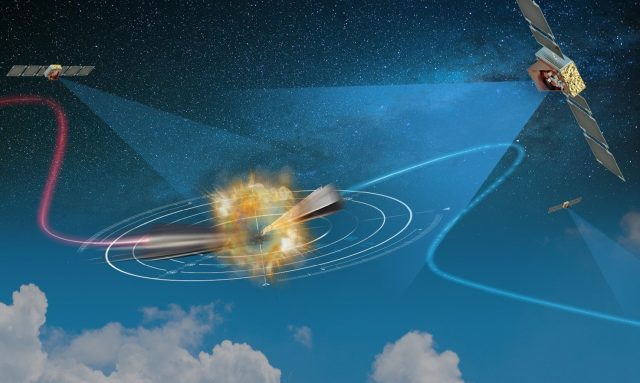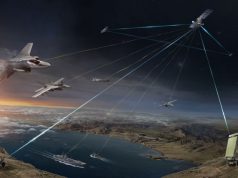The US Missile Defense Agency (MDA) has awarded two contracts to L3Harris Technologies and Northrop Grumman for the on-orbit prototype demonstration of the Hypersonic and Ballistic Tracking Space Sensor (HBTSS) program.
L3Harris received a $121.6 million contract for the work earlier this month, while Northrop Grumman received $155 million on January 22. These agreements are the only planned awards for Phase IIb of the project.
The current Phase IIb will result in launch and early orbit testing of HBTSS prototype satellites that demonstrate the sensitivity and fire-control quality of service necessary to support both the emerging hypersonic threat kill chain and dim upper stage ballistic missiles.
The combination of high speed, maneuverability, and relatively low altitude of some of the emerging advanced missile threats makes them challenging targets for the current missile defense systems. HBTSS is needed, since MDA cannot populate the earth and the oceans with terrestrial radars to meet this need. The ‘birth to death’ tracking that HBTSS can provide when integrated with terrestrial sensors will make it possible to maintain custody of missile threats from launch through intercept regardless of location.
MDA is developing HBTSS in collaboration with the US Space Force under the leadership of the Chief of Space Operations and the Space Development Agency. The goal is to implement HBTSS as an element of a unified Overhead Persistent Infrared (OPIR) enterprise solution in order to meet critical Missile Warning/Missile Defense requirements.
HBTSS will provide low-latency critical data to the Missile Defense System and support Combatant Command needs associated with advanced threats. Ultimately, this data is critical to enabling engagement by missile defense weapons, including engagement by hypersonic glide-phase weapons.
In Phase I, industry teams developed conceptual end-to-end designs that focused on utilizing mature spacecraft and sensor technology, and in Phase IIa, they held preliminary concept reviews and conducted risk reduction activities to demonstrate the maturity and capability of their designs. Phase IIb will build on the work industry previously completed through design and risk reduction efforts from Phases I and IIa.
MDA said it would continue developing HBTSS as a unique OPIR sensor providing fire-control quality tracking data on hypersonic threats and ballistic missile defense threats. The goal is to deploy an operational prototype system that will provide a rapid capability using mature technology and operate as an element within the larger OPIR enterprise architecture to meet the warfighter’s evolving requirements.


























